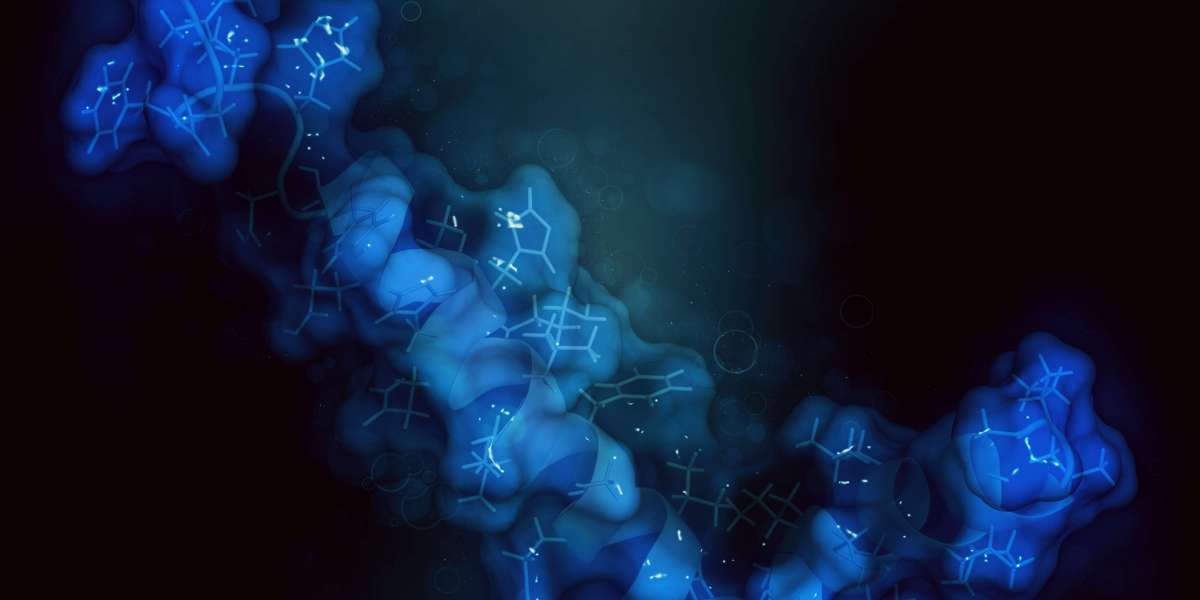In the realm of biotechnology, the demand for reliable and efficient methods of producing recombinant proteins and antibodies has led to the emergence of stable cell lines as a preferred solution. These cell lines not only facilitate the production of therapeutic proteins but also play a crucial role in drug screenings and various biopharmaceutical applications. As researchers continue to explore innovative approaches for gene expression and the establishment of stable cell lines, it becomes evident that their advantages far outweigh any alternative methods.
What Are Stable Cell Lines?
Stable cell lines are genetically modified cells that have been engineered to express a specific gene consistently over extended periods. Unlike transient expression systems, where proteins are produced for a short duration, stable cell lines provide a continuous supply of the desired protein or antibody. This stability is essential for producing biologics required in research and clinical applications, making them a cornerstone of modern biotechnology.
Applications of Stable Cell Lines
Recombinant Protein Production: Stable cell lines offer a robust platform for the production of recombinant proteins. Their ability to maintain consistent expression levels over time ensures a dependable supply of proteins that can be utilized in research, diagnostics, and therapeutic developments.
Antibody Production: The production of monoclonal antibodies is a pivotal area in biopharmaceuticals. Stable cell lines facilitate the generation of antibody-producing cells that can create large quantities of therapeutic antibodies, essential for treating various diseases, including cancer and autoimmune disorders.
Drug Screening: In drug discovery and development, stable cell lines serve as valuable tools for high-throughput screening. They allow researchers to assess the efficacy and safety of potential drug candidates rapidly, streamlining the process of bringing new therapies to market.
Approaches to Establishing Stable Cell Lines
The development of stable cell lines involves several strategic approaches, influenced by the type of gene expression and the gene construct being used. Some common methodologies include:
Transfection: Introducing the gene of interest into the host cell using chemical, physical, or viral methods. The choice of transfection method can significantly impact the efficiency of stable cell line creation.
Selection: Following transfection, selecting for cells that have successfully integrated the gene of interest into their genome is critical. This is commonly achieved using selective media containing antibiotics.
Clonal Expansion: Once selected, individual cells are expanded into clones to establish a stable population expressing the desired protein or antibody.
Characterization: Finally, characterizing the stable cell line ensures that it meets quality standards and maintains the desired expression levels and functional properties.
Optimizing Cell Line Development
To achieve the best results in stable cell line development, various parameters must be optimized. Factors such as cell culture conditions, expression vector design, and selection strategies play a crucial role in enhancing the stability and productivity of the cell lines. Continuous improvements in technology and methodology contribute to more efficient and effective cell line generation processes.
The Future of Stable Cell Lines
As the biotechnology landscape evolves, the demand for stable cell lines will only grow. Innovations in gene editing technologies, such as CRISPR/Cas9, offer new avenues for creating precise and effective stable cell lines. Furthermore, advances in culture systems and serum-free media formulations are paving the way for enhanced cell growth and productivity.
In conclusion, stable cell lines represent a vital solution in the production of recombinant proteins, antibodies, and drug screening applications. Their reliability, coupled with ongoing advancements in cell line development methodologies, positions them as indispensable tools in the quest for innovative therapies and biotechnological breakthroughs. By focusing on optimizing every aspect of stable cell line creation, researchers can ensure that their findings contribute effectively to scientific progress and the development of life-saving treatments.








